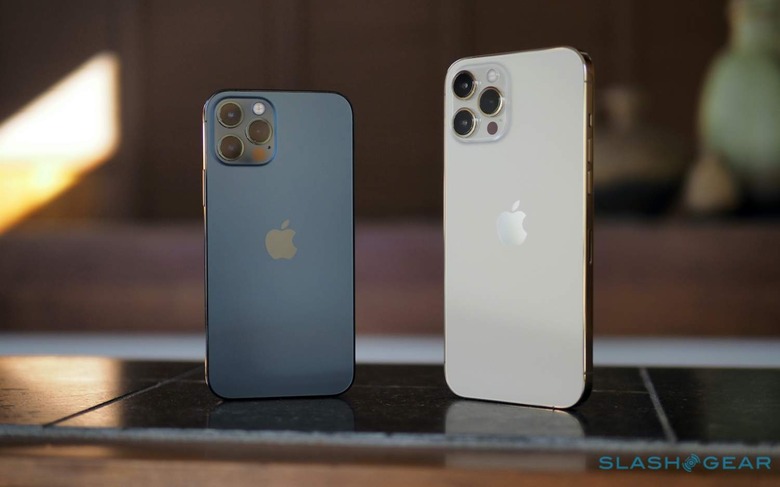Verizon 5G Is Going To Get Much Better - But You May Have To Upgrade First
Verizon has confirmed just how it plans to use C-Band 5G in order to boost speeds and coverage in the US, but if you were hoping for either of those things without paying more every month, you could be disappointed. The carrier spent almost $53 billion on C-Band spectrum, giving it potential coverage across every available market, it said, though its launch plans are a little more restrained.
By the end of 2021, Verizon claims, it should have 60 megahertz of "early clearing spectrum" in 46 initial markets. That's enough to cover more than half of the US population, Verizon says, or around 100 million people.
By the end of 2023, meanwhile, Verizon hopes to expand that coverage to over 175 million people. By 2024 and beyond, it says, assuming the remaining C-Band has been cleared according to schedule, over 250 million people should have coverage. Of course, "coverage" doesn't necessarily mean they'll be able to access it.
The Sub-6 GHz spectrum will be used to build out Verizon's 5G Ultra Wideband product. That's what the carrier bills as "Premium Network Access," currently gaining you the fastest mmWave support in the few locations across the US where it's available. The regular Verizon 5G Nationwide network uses its existing Sub-6 spectrum, far more prevalent but also slower. Peak download speeds for C-Band 5G could hit 1 Gbps, the carrier says: slower than its mmWave, but faster than its existing DSS Sub-6 option.
The cheapest plan for a single line with 5G Nationwide access is $70/mo (plus taxes and fees). If you want 5G Ultra Wideband access, however, you'll need to pay $80/mo.
Unsurprisingly, then, Verizon is hoping that this C-Band 5G will drive more users to cough up the extra cash each month for its Premium Unlimited tier. Over 20-percent of postpaid accounts ended 2020 on a Premium Unlimited plan, the carrier said. "We expect this number to grow to over 30% this year and approximately 50% by 2023," Ronan Dunne, CEO of the Verizon Consumer Group, predicts. "With C-Band included, we think step-ups to premium will only accelerate."
Which phones are Verizon C-Band 5G compatible?
What may go a little more smoothly, however, is the device transition. Whereas none of the old 4G LTE phones had support for 5G, and needed to be upgraded in order to use the network when Verizon launched it, there's much more of a chance that your existing smartphone may support C-Band 5G. That is, assuming it's been purchased relatively recently.
In fact, Verizon says that more than 70-percent of 5G phones already being used by its subscribers will work with the C-Band 5G. That includes the iPhone 12 family, the Samsung Galaxy S21 series, and Google's Pixel 5. "Going forward," the carrier promises, "all new 5G handsets Verizon brings to market to postpaid customers will be C-Band compatible, with more than 20 C-Band compatible devices offered by the end of the year."
C-Band 5G isn't just for mobile devices, though
Verizon isn't just looking to its new spectrum haul for smartphones and tablets, however. The carrier also plans to use it for its 5G broadband products, both 5G Home for general consumers, and 5G Business Internet.
5G Home, for instance, currently delivers up to 1 Gbps downloads, though that requires you to have mmWave coverage. By the end of this year that'll mean just 1-2 million households, Verizon admits, around 18 markets. 15 million will have access to 4G LTE speeds.
At that point, the first chunk of Verizon's C-Band spectrum will be arriving too. By the end of 2023, Verizon predicts, it expects to have coverage for 30+ million households.
On the business side, 5G Business Internet will expand to 20 new markets – beyond the three Verizon currently offers it in – before the end of 2021.

